Fateme Nikseresht
emojiSpace: Spatial Representation of Emojis
Sep 12, 2022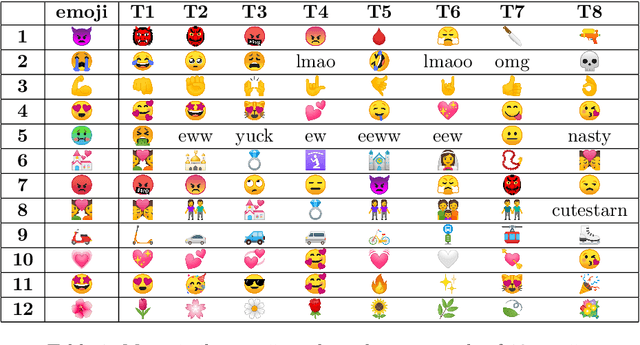
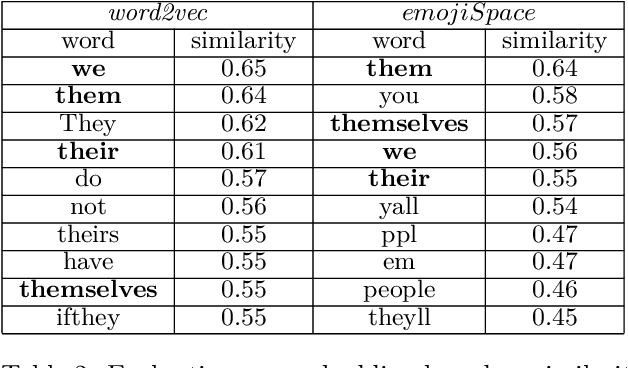


Abstract:In the absence of nonverbal cues during messaging communication, users express part of their emotions using emojis. Thus, having emojis in the vocabulary of text messaging language models can significantly improve many natural language processing (NLP) applications such as online communication analysis. On the other hand, word embedding models are usually trained on a very large corpus of text such as Wikipedia or Google News datasets that include very few samples with emojis. In this study, we create emojiSpace, which is a combined word-emoji embedding using the word2vec model from the Genism library in Python. We trained emojiSpace on a corpus of more than 4 billion tweets and evaluated it by implementing sentiment analysis on a Twitter dataset containing more than 67 million tweets as an extrinsic task. For this task, we compared the performance of two different classifiers of random forest (RF) and linear support vector machine (SVM). For evaluation, we compared emojiSpace performance with two other pre-trained embeddings and demonstrated that emojiSpace outperforms both.
Detection of Racial Bias from Physiological Responses
Feb 02, 2021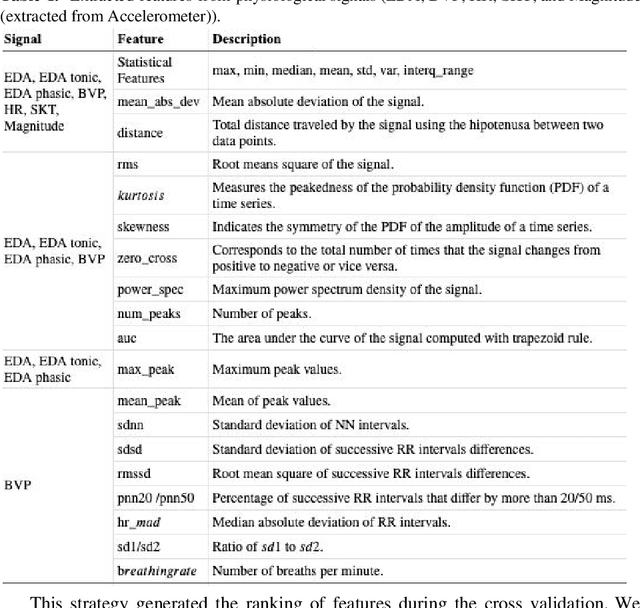
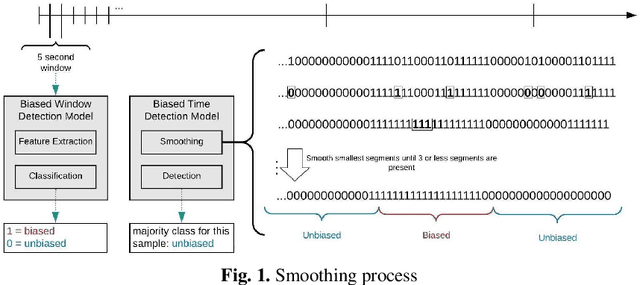
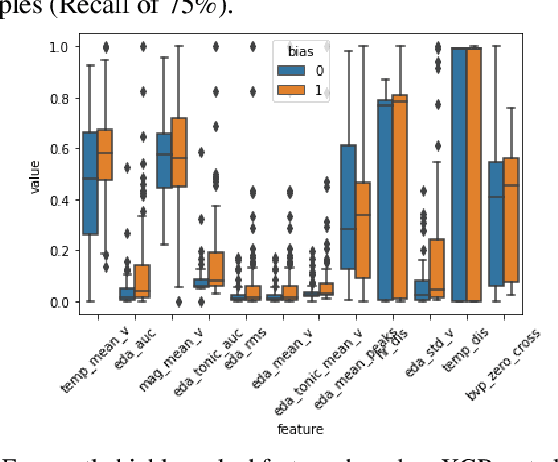
Abstract:Despite the evolution of norms and regulations to mitigate the harm from biases, harmful discrimination linked to an individual's unconscious biases persists. Our goal is to better understand and detect the physiological and behavioral indicators of implicit biases. This paper investigates whether we can reliably detect racial bias from physiological responses, including heart rate, conductive skin response, skin temperature, and micro-body movements. We analyzed data from 46 subjects whose physiological data was collected with Empatica E4 wristband while taking an Implicit Association Test (IAT). Our machine learning and statistical analysis show that implicit bias can be predicted from physiological signals with 76.1% accuracy. Our results also show that the EDA signal associated with skin response has the strongest correlation with racial bias and that there are significant differences between the values of EDA features for biased and unbiased participants.
 Add to Chrome
Add to Chrome Add to Firefox
Add to Firefox Add to Edge
Add to Edge